At RAID Recovery Services, we understand the critical role RAID (Redundant Array of Independent Disks) plays in modern data storage systems.
Whether you are an individual user, small business, or enterprise, understanding RAID is essential to making informed decisions about your storage infrastructure.
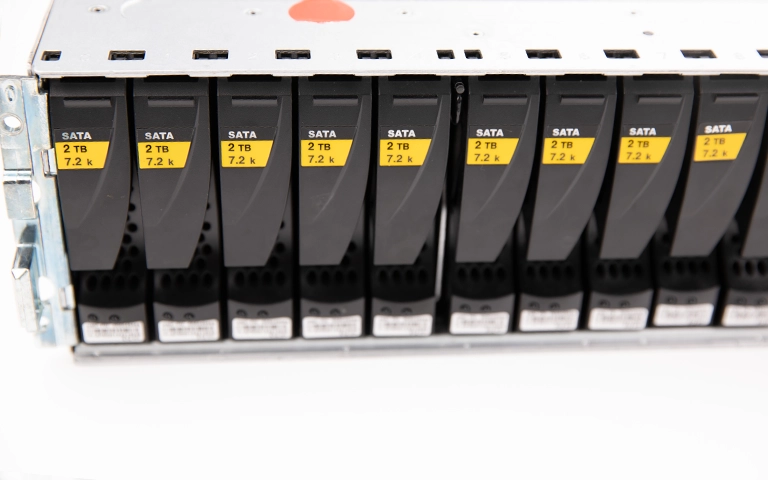
What is RAID?
RAID stands for Redundant Array of Independent (or Inexpensive) Disks. It is a method of combining multiple physical drives into a single logical unit to achieve data redundancy, improved performance, or both.
By distributing or replicating data across several drives, RAID protects against hardware failures and enhances data access speed.
Benefits of RAID
Improved Performance: Certain RAID levels (e.g., RAID 0, RAID 10) offer increased read/write speeds.
Redundancy and Reliability: RAID configurations like RAID 1, RAID 5, and RAID 6 provide fault tolerance by storing data redundantly.
Scalability: RAID allows the creation of large storage volumes using multiple smaller drives.
Business Continuity: RAID helps maintain operations even when one or more drives fail.
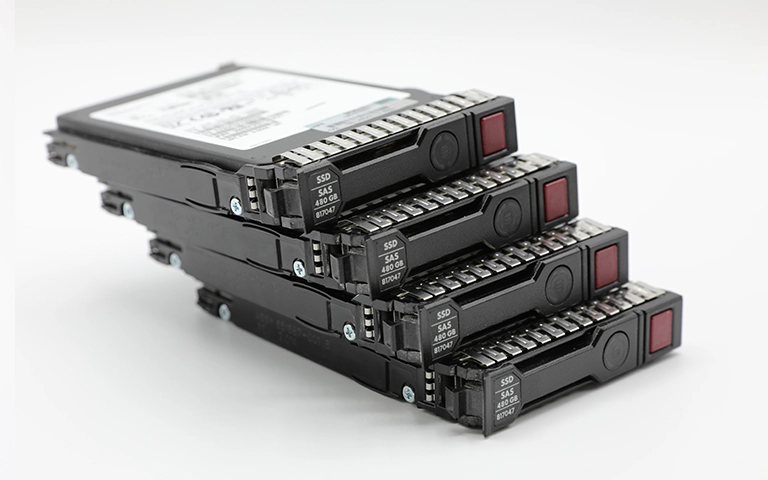
Limitations of RAID
- Not a Backup: RAID protects against hardware failure, not data corruption, accidental deletion, or malware.
- Complex Recovery: If a RAID array fails, recovery can be technically challenging and requires professional expertise.
- Controller Dependency: Hardware RAID relies on specific controllers, making recovery harder if the controller fails.
- Cost: Higher RAID levels may require more disks and advanced controllers, increasing costs.
Types of RAID
Standard RAID Levels
- RAID 0 (Striping): High performance, no redundancy. Best for speed but no data protection.
- RAID 1 (Mirroring): Duplicates data across two disks. High redundancy, limited storage efficiency.
- RAID 5 (Striping with Parity): Minimum 3 disks. Good balance of performance and redundancy.
- RAID 6 (Dual Parity): Minimum 4 disks. Protects against two simultaneous drive failures.
- RAID 10 (1+0): Combines mirroring and striping. High performance and redundancy.
Hybrid RAID
Hybrid RAID levels combine features of multiple standard RAID configurations for better performance or redundancy:
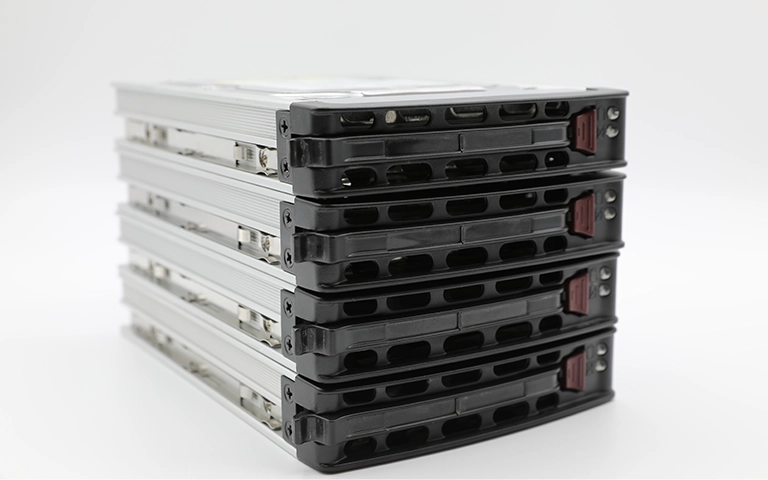
Importance of the RAID Controller
The RAID controller is the backbone of any RAID system. It manages how data is written to and read from the array of disks, ensures data consistency, handles disk failure operations, and orchestrates rebuilding processes.
A reliable controller is crucial not only for optimal performance and data safety but also for the long-term health of your RAID configuration.
To dive deeper into how RAID controllers function and why they matter, read our complete guide on what a RAID controller is.
There are two types of RAID controllers: hardware and software. Each has distinct advantages and trade-offs.
Fast turnaround times for business-critical data
Hardware RAID Controller
A hardware RAID controller is a physical device, either a standalone card or built into a server motherboard. It manages the RAID array independently of the host system’s operating system and CPU.
Pros:
Superior performance, especially in high I/O environments
Dedicated processor and memory for handling RAID tasks
Often includes advanced features like battery-backed cache and hot-swapping
OS-independent; the array can function across operating systems
Cons:
Higher cost
If the controller fails, recovery may require an identical model
Configuration and firmware updates require specific vendor tools
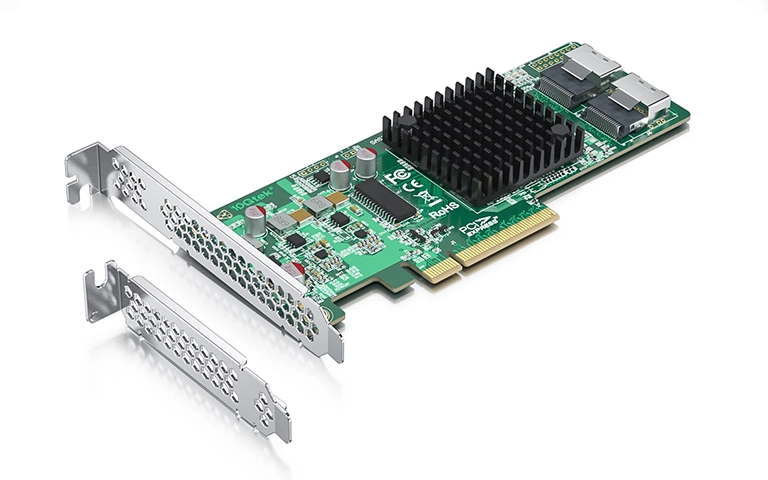
Software RAID Controller
Software RAID is managed by the system’s operating system, with no dedicated hardware.
Pros:
More affordable, no extra hardware required
Easy to manage using standard OS tools
Flexible; configurations can be adjusted easily
Works across multiple drive brands or sizes
Cons:
Heavier load on the host CPU
Performance may degrade under high throughput
Limited support for complex RAID levels or hot-swap capabilities
OS-dependent and harder to migrate between systems
Leading RAID Controller Manufacturers
Choosing a trusted RAID controller brand is critical for performance and reliability. Here are some of the top manufacturers in the industry:
LSI / Broadcom: Enterprise-level RAID controllers used in Dell, IBM, Supermicro servers.
Adaptec by Microchip: Known for reliable RAID cards for both entry-level and high-performance needs.
Dell PERC: Integrated with Dell PowerEdge servers; tight firmware and system compatibility.
HP Smart Array: Found in HP ProLiant servers; robust with advanced array management.
Intel RAID: Suitable for Intel-based systems with solid performance and decent feature set.
Areca Technology: Favored in media production and enterprise storage environments.
IBM ServeRAID: Optimized for IBM systems, offering scalable, enterprise RAID configurations.
These controllers may use proprietary firmware, which can complicate recovery in failure scenarios. If your system is impacted by a controller malfunction, explore our detailed guide on RAID controller failure and recovery. Our team has experience with all major brands and their variations.
Who Should Use RAID?
- Content Creators & Media Professionals: For high-speed access to large video and image files (RAID 0 or RAID 10).
- Businesses with Critical Data: For redundancy and uptime (RAID 5, RAID 6, or RAID 10).
- Database Servers: Require fast read/write and fault tolerance (RAID 10).
- Backup Servers: Prioritize storage efficiency and redundancy (RAID 6).
RAID for Specific Applications
Speed Priority: Use RAID 0 or RAID 10
Capacity Priority: Use RAID 5 or RAID 6
Both Speed & Redundancy: Use RAID 10, RAID 50, or RAID 60
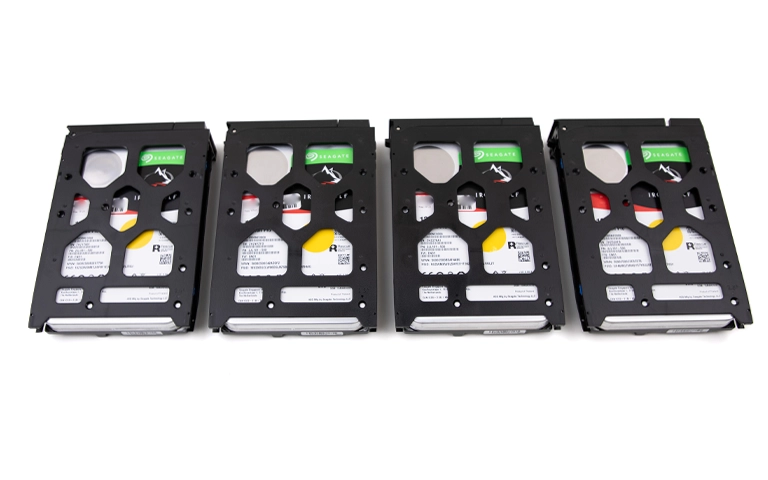
Can RAID Fail? Yes, It Can
Despite its reliability, RAID is not foolproof. RAID failures can occur due to:
Multiple simultaneous drive failures
Controller malfunction
RAID rebuild errors
Power surges or physical damage
User errors during RAID management
When a RAID fails, it can lead to total data inaccessibility. That is why RAID Recovery Services exists, providing professional recovery of data from failed RAID arrays, regardless of the level or configuration.
Many storage and server manufacturers use custom or proprietary RAID configurations, which include non-standard RAID levels, block sizes, and sector sizes. These configurations often require in-depth research and development to reverse-engineer and reconstruct the original RAID setup.
At RAID Recovery Services, our engineers specialize in identifying these parameters and developing custom recovery strategies to handle even the most complex cases.
If you’re currently facing RAID issues, learn more about our specialized RAID data recovery services designed for all configurations and failure scenarios.

Your RAID Recovery Partner
We specialize in:
RAID Data Recovery (All RAID levels)
Failed Controller Diagnostics
RAID Rebuild Support
Secure, Confidential Recovery Process
Whether you’re setting up a new RAID system or dealing with a failure, our expert team can help you choose the right configuration and recover your valuable data when things go wrong.
Contact RAID Recovery Services today and let us help you protect, optimize, and recover your data.
Trust the experts with proven results
Frequently Asked Questions
What is the main purpose of using RAID?
RAID provides either improved performance, data redundancy, or both, by using multiple hard drives together.
Is RAID a backup solution?
No, RAID is not a substitute for backups. It protects against hardware failure but not accidental deletion or malware.
What RAID level should I choose?
It depends on your needs. For speed, use RAID 0 or RAID 10. For redundancy, use RAID 5 or 6. For both, use RAID 10 or 50.
Can RAID fail even if it offers redundancy?
Yes. RAID can fail due to multiple drive failures, controller issues, or user error.
What should I do if my RAID system fails?
Stop using the array immediately and contact a professional RAID recovery service to avoid permanent data loss.
What’s the difference between hardware and software RAID?
Hardware RAID uses a dedicated controller, while software RAID is managed by the operating system. Each has pros and cons regarding performance, cost, and complexity.